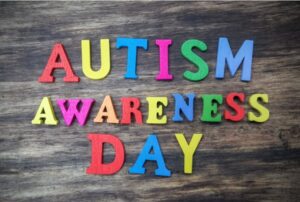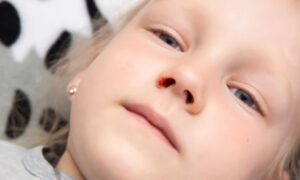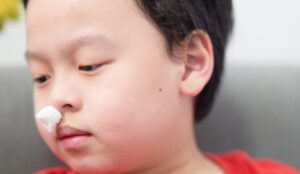Case Study: Parent Taking Child for a Medical Consultation
Xiaohua (pseudonym) is a 10-year-old boy whose mother noticed a few white spots on his cheeks. Initially, she thought they were sunspots or eczema, but after several months, the spots did not fade and even expanded. Concerned, Xiaohua’s mother decided to take him to see a dermatologist.
At the hospital, after an examination, the doctor informed Xiaohua’s mother that the boy had Pityriasis Alba, a common skin condition that doesn’t require special treatment. The doctor recommended applying a gentle moisturizer daily to keep the skin hydrated and using sunscreen when going outside to prevent the spots from becoming more visible due to sun exposure. Relieved, Xiaohua’s mother followed the doctor’s advice. About six months later, the white spots on Xiaohua’s face gradually disappeared, and his skin returned to its normal color.
What is Pityriasis Alba?
Pityriasis Alba is a common skin condition, especially in children and adolescents. It manifests as round or oval patches of pale white or light pink spots, usually appearing on the face, neck, and arms. Many parents are concerned about whether this condition requires treatment or if it can heal on its own.
The Natural Course of Pityriasis Alba
In most cases, Pityriasis Alba is a benign skin condition that doesn’t cause serious health issues. It typically resolves on its own within a few months to a year, without the need for medication. Dermatologists believe it is related to skin dryness, mild eczema, or an inflammatory response.
Factors Affecting Recovery
Although Pityriasis Alba can resolve on its own, the duration of recovery varies from person to person. Some children may recover within a few months, while others may have symptoms for a year or longer. Several factors can influence the recovery time:
- Skin Dryness: Prolonged skin dryness may extend the duration of Pityriasis Alba. Keeping the skin moisturized can help speed up recovery.
- Sun Exposure: Excessive sun exposure can make the spots more pronounced, especially in the summer. Proper sun protection can prevent worsening of the condition.
- Immune System: Some children have more sensitive immune responses to skin issues, which can result in a longer duration of Pityriasis Alba.
How to Help Pityriasis Alba Heal on Its Own
Although Pityriasis Alba usually resolves without treatment, parents can take the following measures to speed up recovery:
- Moisturize: Use gentle, fragrance-free moisturizers to keep the skin hydrated and reduce dryness, which helps the patches heal faster.
- Sun Protection: Apply sunscreen to your child’s skin before going outside, especially during sunny seasons. Excessive sun exposure can make the white spots more visible.
- Gentle Cleansing: Avoid using harsh soaps or cleansers to maintain the skin’s natural oil balance.
When to See a Doctor
Although most cases of Pityriasis Alba do not require medical intervention, consult a doctor if your child’s skin shows any of the following signs:
- The white patches continue to enlarge or spread;
- The patches are accompanied by itching, redness, or inflammation;
- Your child’s skin becomes extremely dry, leading to other skin problems, such as worsening eczema.
Conclusion
Pityriasis Alba is typically a self-limiting condition that doesn’t require special treatment. Parents can help their children’s skin recover faster through simple skin care routines and sun protection measures. If symptoms persist or other abnormal conditions arise, seeking medical advice early can ensure the best care for the child’s skin.
References
- American Academy of Dermatology. Pityriasis Alba.
- National Eczema Association. Eczema and Related Conditions.
- Mayo Clinic. Skin Rashes: Overview.








